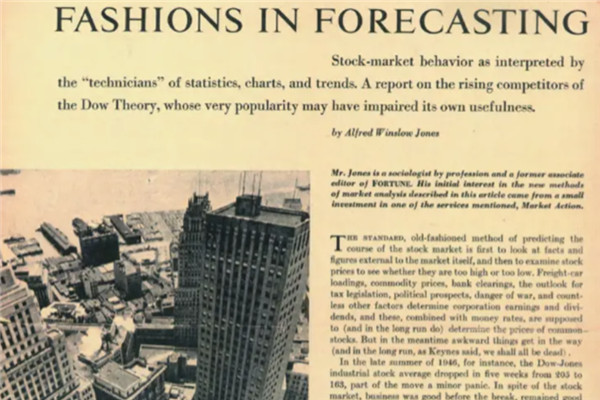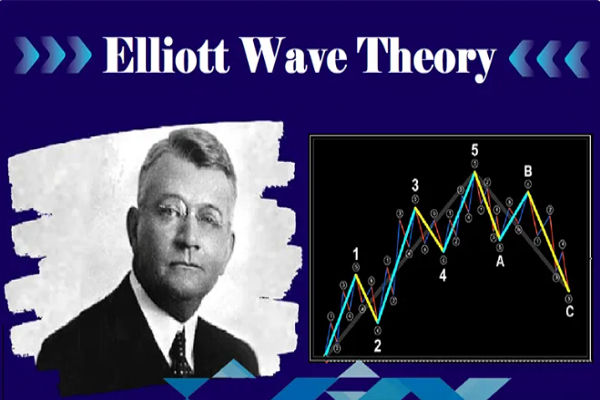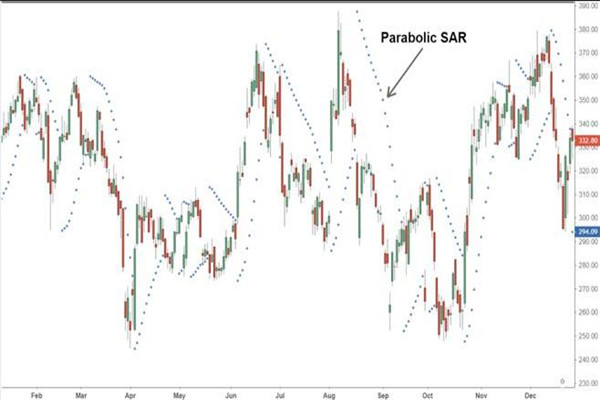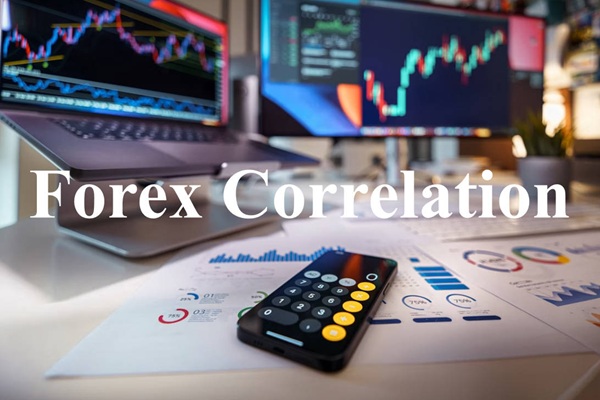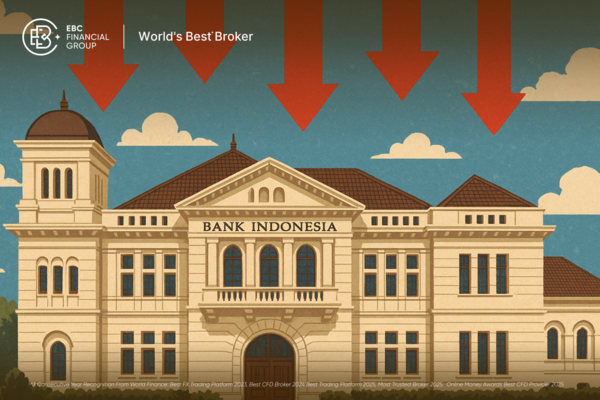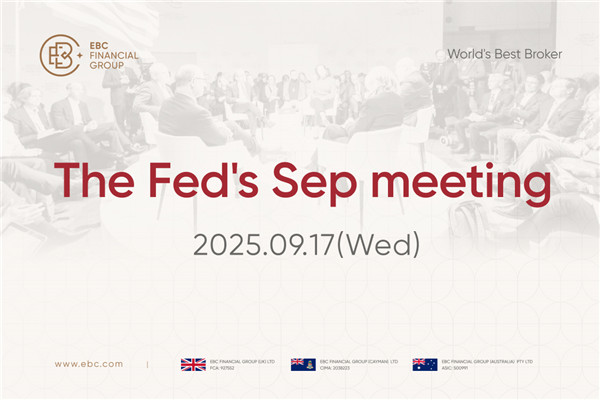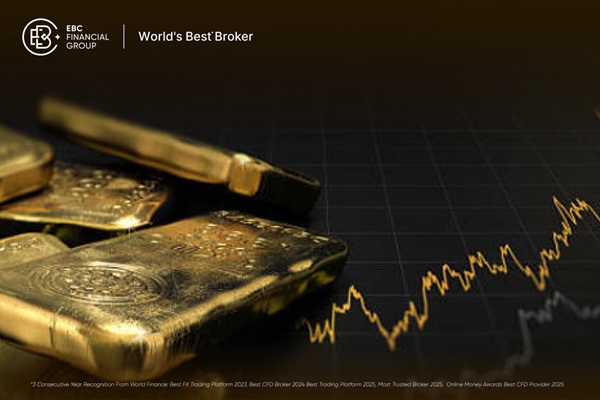The basic point of the opposite theory is that investment buying and selling decisions are entirely based on the behavior of the masses. It points out that whether it is the stock market or the spot market, when everyone is bullish, the bull market has reached its peak, and when everyone is bearish, the bear market has bottomed out. It is very necessary for investors to learn to apply the opposite theory in gold trading. Below is a brief introduction to the five core principles of the opposite theory.
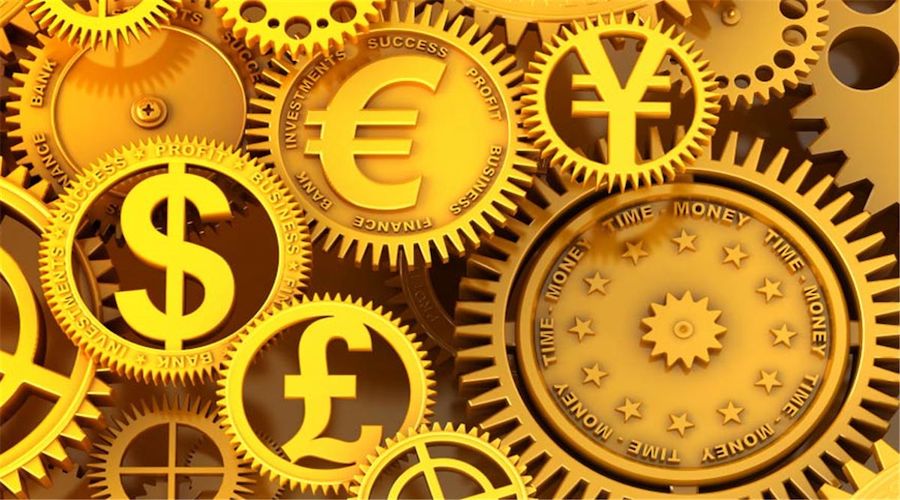
1. The opposite theory is not simply summarized as "when most people are bullish, we have to be bullish" or "when most people are bullish, we have to be bullish". The opposite theory will consider the trend of these bullish and bearish ratios, which is a dynamic concept.
2. The opposite theory does not necessarily mean that the public is wrong, as they usually see the main trends correctly. Most people are optimistic that the bullish sentiment will evolve into real purchasing power, driving the market up and possibly maintaining it for a long time. Until everyone keeps bullish, there will be a qualitative change in the market - an imbalance between supply and demand.
3. On the contrary, theory has found from actual market research that only 5% of people make big money, and 95% are losers. To be a winner, one must go against the ideological line of the masses and not be in the same boat.
4. The argument for the opposite theory is that at the moment before the market turns from a bull market to a bear market, everyone is optimistic and feels that it will continue to rise. Therefore, they will buy as many people as possible, and the upward trend consumes the purchasing power of investors until all the investors who want to buy have already bought, and the funds are unsustainable. The bull market will naturally end with everyone's positive voices. On the contrary, when a bear market turns into a bull market, the market becomes bearish, and all bearish people want to sell until they are short. There are no longer bearish people taking action in the market, and the market will hit the bottom and rebound.
5. Before the bull market was at its craziest but approaching its end, the media were reflecting the generally bullish sentiment in the market. Everyone's enthusiasm was high, which was a precursor to a sharp decline in the market. On the contrary, the media is uninterested in the bleak market and ignores it. When news is all bad news for the market, it is precisely the moment before the dawn of the market.
The mass media always follows the mass line, violates the principles of opposite theories, and instead becomes the basis for the reference of opposite theories. As an important indicator reflecting market sentiment, Wall Street's fear and greed index has also become a vane for many investment institutions: when the index enters an extremely greedy region, it is often a bad signal for the market; When the index enters the extreme fear zone, it is often a bullish signal.
Usually, the opposite theory achieves better results when the market is in an extreme state. In such an environment, investors' order making emotions are easily affected. Therefore, when applying the opposite theory in practice, investors should be able to adhere to their own opinions, calmly analyze the market, and try to avoid being influenced and influenced by others.
The above is an introduction to the five core concepts of the opposite theory. Investors should learn to apply the opposite theory reasonably to assist in investment profitability.
【 EBC Platform Risk Reminder and Disclaimer 】: There are risks in the market, and investment needs to be cautious. This article does not constitute investment advice.






